Photos: Los Angeles Recycling Center
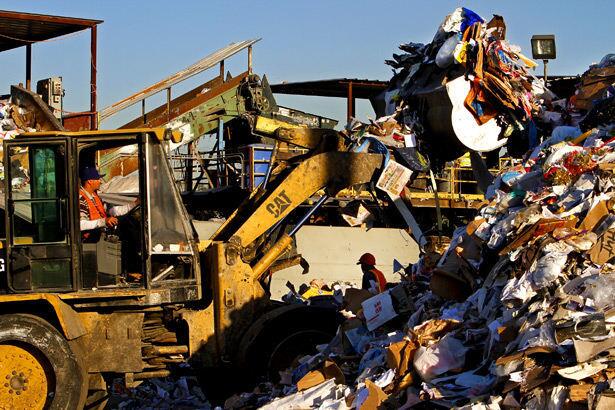
Psst. That coffee cup in your hand. Where will you toss it? Trash bin? Recycling bin? What about the little white bag that has a few grease spots from your Mexican restaurant chips? And what happens to those utensils labeled “biodegradable” you bought for a family picnic? Where should you put plastic grocery bags? (Ricardo DeAratanha / Los Angeles Times)
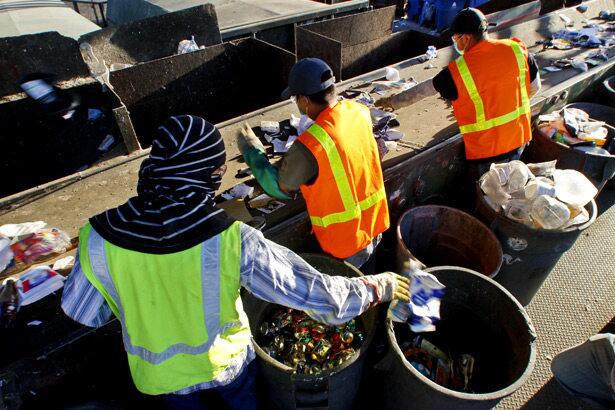
The choice of black, blue or green bin is meant to be simple. As the director of the Los Angeles Bureau of Sanitation, Enrique Zaldivar, said, if it’s not easy, it doesn’t work.
But the stuff of our lives — perhaps especially the things we buy to make our lives easier — is anything but simple. (Ricardo DeAratanha / Los Angeles Times)
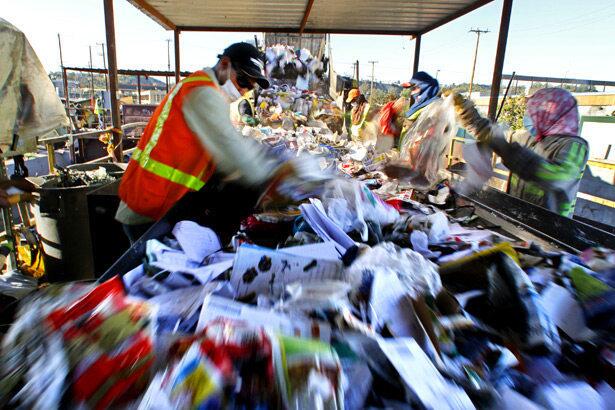
For instance, some potato chip bags look like they’re made of eco-friendly paper, but they might be lined with a substance that not only protects the shelf life of the chips but also prevents the bag from being recycled, Zaldivar said. (Ricardo DeAratanha / Los Angeles Times)
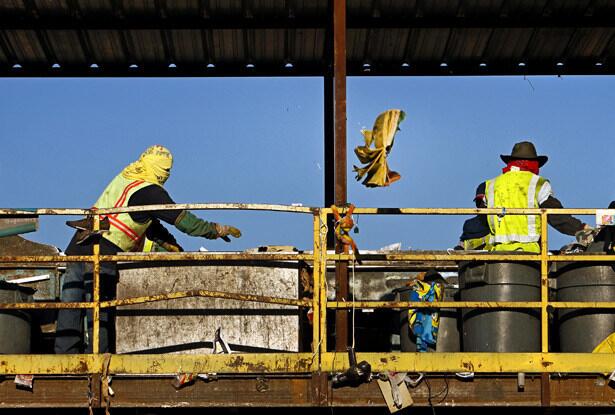
“Obviously, there’s a lot of confusion out there. And that’s what we want to avoid. We need it to be simple and consistent to the maximum number of people,” said Karen Coca, acting division manager of the Solid Resources Citywide Recycling Division of the Bureau of Sanitation. (Ricardo DeAratanha / Los Angeles Times)
Advertisement
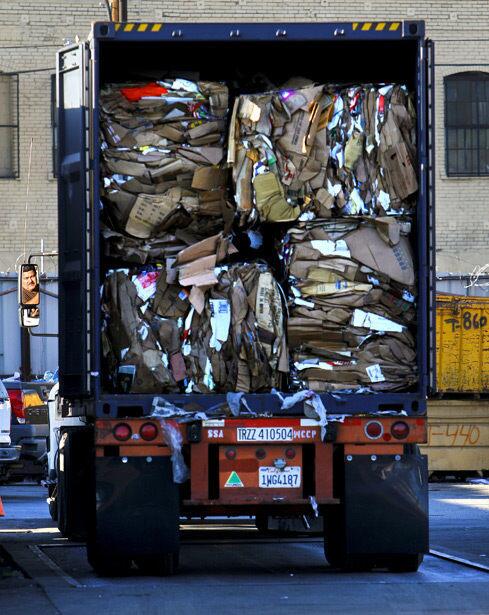
L.A. sanitation officials have been talking to companies about an idea they think could reduce the confusion: Get products marked with dots in green (compost), black (garbage) or blue (recycle). But that would be just one step in efforts to raise public awareness of how to reduce, reuse, recycle. (Ricardo DeAratanha / Los Angeles Times)
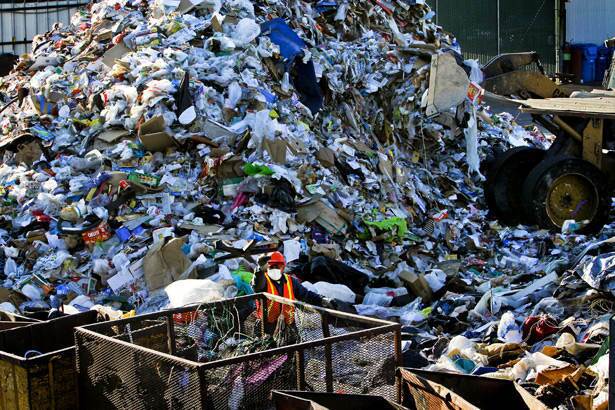
In 2008, Americans generated about 250 million tons of trash, according to the Environmental Protection Agency. Of that, they recycled 61 million tons, the EPA said, and composted 22 million tons. Containers and packaging of all kinds made up nearly a third of the trash. (Ricardo DeAratanha / Los Angeles Times)
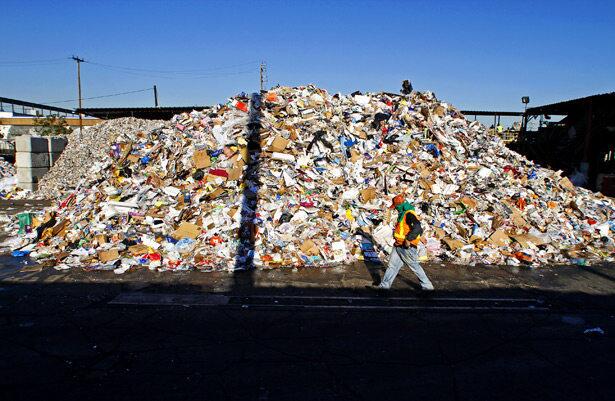
At first, people were willing to bundle their papers for recycling, Zaldivar said. But after three or four years, good will gave way to human nature. So eventually, the city added convenience: no separation needed, just roll a blue bin with mixed paper, plastic and glass out to the curb. (Ricardo DeAratanha / Los Angeles Times)
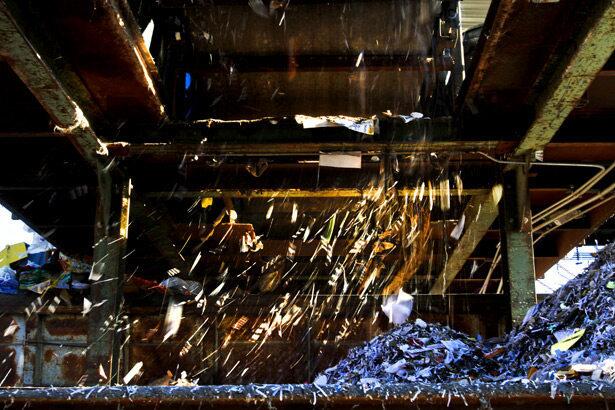
But only in the last five or six years have people been “really changing how they talk about things — community cleanups, recycling, training kids to recycle,” Coca said. “It’s becoming more the norm.” (Ricardo DeAratanha / Los Angeles Times)
Advertisement
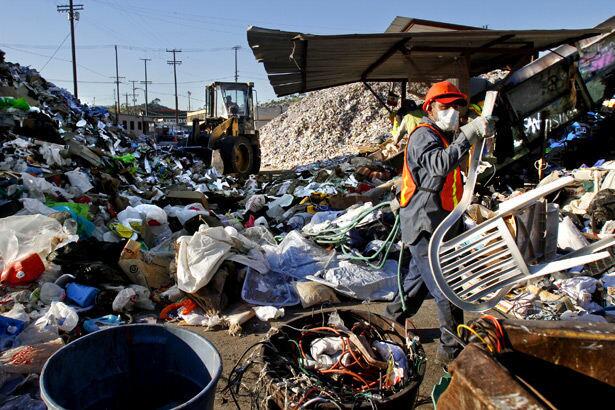
Coca said officials need to take advantage of that change and bring recycling to large apartment buildings and businesses, where waste is collected by private companies. An advocacy group this week issued a study calling for a franchise system with competitive bidding, which the group said could boost recycling. (Ricardo DeAratanha / Los Angeles Times)
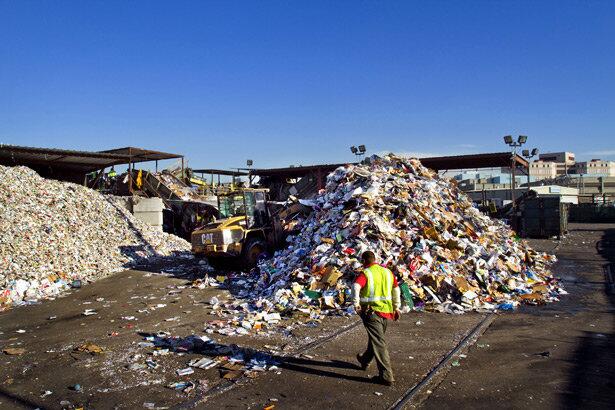
Los Angeles said that it diverts 65% of its 10 million tons of annual trash from landfills, putting it at the top of big-city efforts, and that the city has a goal of 70% by 2013. That includes recycling plastics and polystyrene marked with Nos. 1 through 7 in those little triangles. The polystyrene cups, containers and packaging can be recycled for use in home building materials, city officials said. (Ricardo DeAratanha / Los Angeles Times)
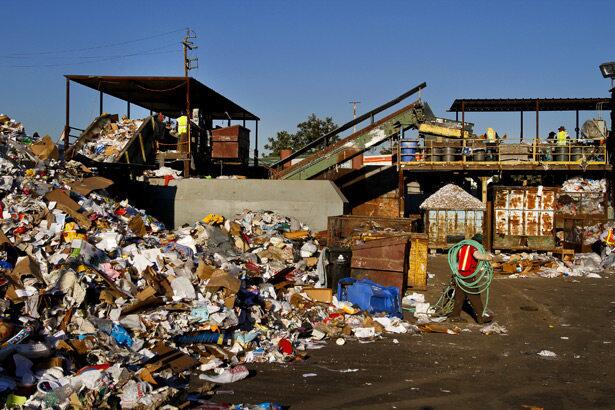
As communities grow savvier about reducing landfill waste, more attention is being paid not just to recycling but also to producing and buying products that more easily return to the earth. (Ricardo DeAratanha / Los Angeles Times)



